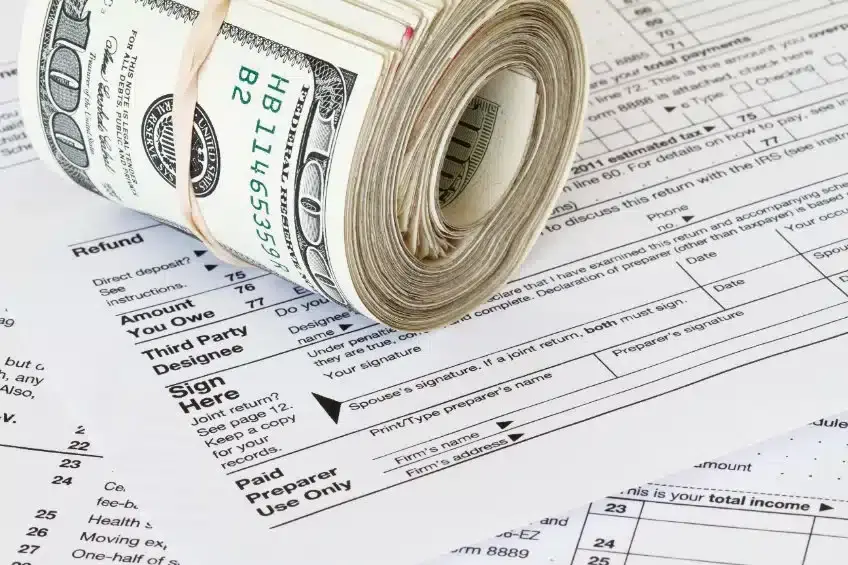If You Received PPP, You Should Check to See if You are Eligible for ERC
Even though the PPP program ended in 2021, there is still a way for business owners to receive money if there business was negatively affected by the pandemic. It’s called called ERC, and even if you received PPP money in 2020 or 2021, you should check to see if you are eligible for ERC.
What is this program?
Employee Retention Credit [ERC] is a payroll tax refund born out of the same COVID Relief Bill (2020) as PPP, which incentivizes businesses that kept employees on payroll during the pandemic. Back in 2020, you had to choose either PPP or ERC but you couldn’t choose both. However, through the Consolidated Appropriations Act (2021), the rules have changed and PPP recipients are now eligible for ERC! ERC is a reimbursement of payroll taxes paid AND wages paid to employees, which allows for up to $26,000 per full-time W-2 employee (excluding owners and family members).
What is different about this program compared to PPP?
There are two major differences between PPP and ERC:
1. ERC is NOT a loan. It is considered income, which means that you will have to pay taxes on it.
2. ERC has NO restrictions, which means that the owner(s) of the company can use these funds for personal or business purposes.
How do I qualify for this program?
There are two ways to qualify for this program:
1. “Gross receipts test” – Back in 2020, the gross receipts test required that you experienced at least a 50% decline in revenue or gross receipts in order to qualify for this program. That may explain why your accountant may not have brought this to your attention or you were told that you did not qualify for this program. In addition, if you had already received PPP you were disqualified. However in early 2021, a second qualification, known as Limited Commerce, was added to the program.
2. “Limited Commerce” – Limited Commerce is strictly based on how your operations were affected and has nothing to do with revenue decline. Due to its complexity, we use tax attorneys, who specialize in tax credits, to qualify over 90% of our clients under “Limited Commerce.” Tax attorneys will take your written testimony or narrative, which explains how Covid has affected you.
What are the next steps and what are your fees?
A company called Innovation Refunds will handle almost everything for you. You want to [click the link] to put in some very basic information about your company to see if you are eligible. It usually takes less than 5 minutes to have a decision. If you are deemed eligible, then the next steps are as follows:
1. You upload the required documents by clicking the upload link.
2. Once you start uploading documents, you are assigned a processor, who will be your point person.
3. After your assigned processor has reviewed all of your documents, he/she will package the documents and send it to our quality control for one final review. After the final review, your documents are sent Innovation Refunds’ tax attorneys and the tax attorneys take about 6 weeks to do the analysis.
4. Once the analysis is complete, you will receive a call informing you on the exact total cash refunds owed to you from the IRS. After the phone call, you will receive a contractual agreement via DocuSign, within 24-48 hours. The contractual agreement states that you agree to have Innovation Refunds complete this work on your behalf and in return, you agree to pay their fee after you have received your cash refund checks. Their is fee is 25%, which is all “back-end” meaning 0% of the total refund amount is paid upfront. Two things to note about their fee: 1) You can write us off as a consulting fee, which means you’ll only pay taxes on the net refund amount. 2) Innovation Refunds provide a $2 million end-to-end audit protection, given that the work is being prepared by their tax attorneys.
5. After you sign their contractual agreement, they mail the amended tax documents via Form 941-X on your behalf. They amend those tax documents because the ERC refund is a reimbursement of your payroll taxes AND wages paid to employees, which is reflected in the Form 941. Since the 941 Forms are quarterly, you will receive quarterly checks, not a lump sum check, from the US Treasury.
6. After your documents are mailed to the IRS, you sit and wait. The IRS assumes a 9-12 month standardized time frame to pay all of the refunds.






